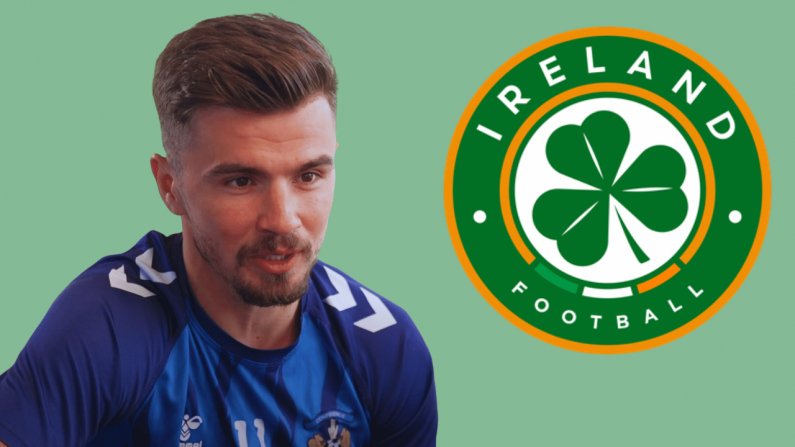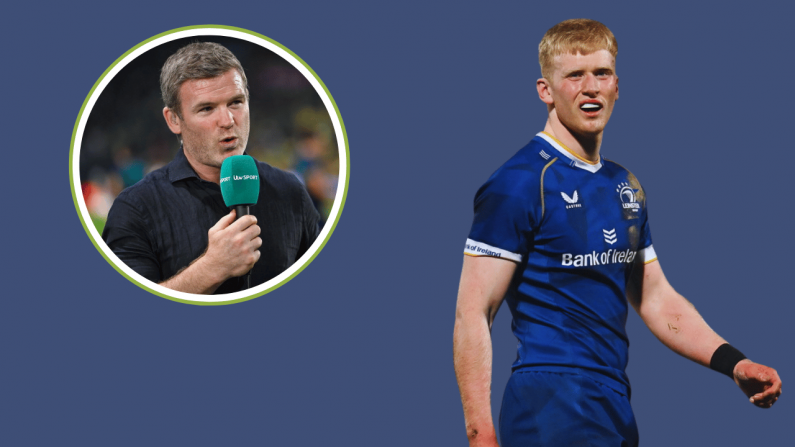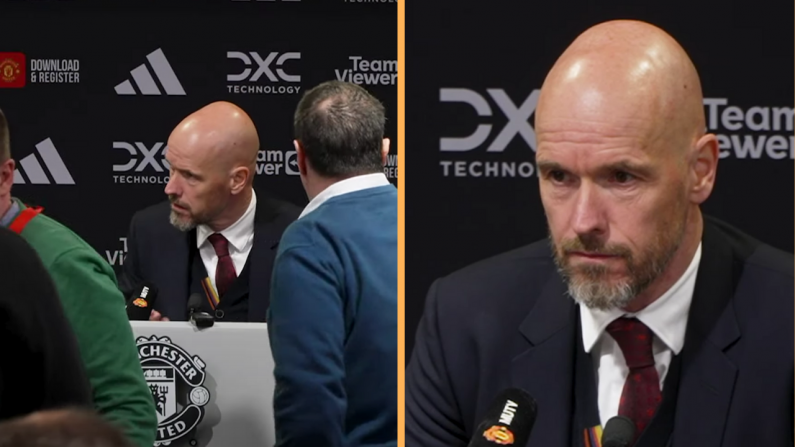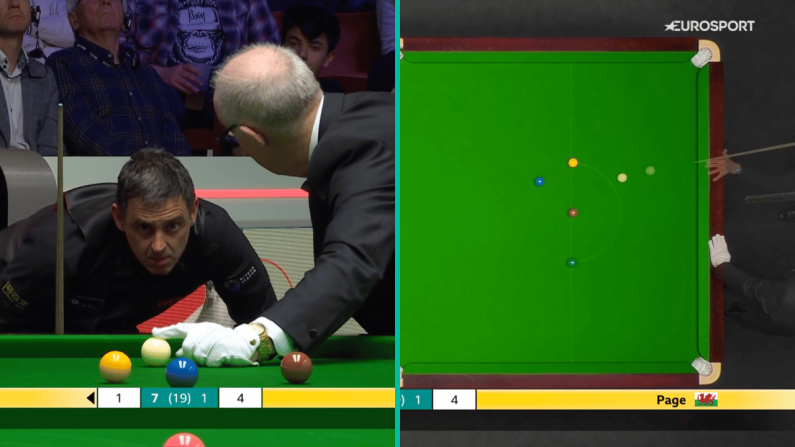Parts one and two of this article ran earlier in the week.
While the secondaries and offenses aren't too obvious to the casual fan, it never takes long for a viewer to notice the difference in defensive fronts. The NFL runs two primary base defenses, a 4-3 and 3-4. The 4 in 4-3 refers to the number of defensive linemen on the field, while the 3 refers to how many linebackers are on the field. The same applies to the 3-4.
There are infinite variations on the roles and responsibilities given to each defender in these separate formations, but for the sake of simplicity it is best to focus on the typical responsibilities.
First, the defensive lines. In a 4-3, with four defensive linemen, the defense relies on the two defensive ends, players on the outside, to be primary pass rushers. Players like Jason Pierre-Paul, Jared Allen, Julius Peppers and Mario Williams play defensive end in 4-3 defenses. Those players are generally matched up one-on-one against the opposition's offensive tackles. Their main responsibilities are to beat the blocker infront of them to get to the quarterback and don't let the running back get outside of them when he is given the ball.
Inside of the defensive ends, the defensive tackles are asked to do the same in a 4-3, but they often have one big run stuffer and one pass rusher. The best defensive tackle does both, but more are like Pat Williams and Kevin Williams were in Minnesota with the Vikings. Pat was huge, he rarely ever was a pass rushing threat, but against the run he swallowed opposition blockers to redirect running backs and disrupt running plays. Kevin on the other hand was a big body, but a very athletic player who could push the pocket in the passing game. The combination of the two allowed the line to counteract both the run and pass.
In a 3-4, the defensive line is primarily asked to stuff the run. Outside of special cases such as JJ Watt, Calais Campbell and Justin Smith, 3-4 defensive ends are generally asked to maintain two offensive linemen in the running game to allow the linebackers to rush the quarterback or tackle the running back. Instead of using defensive tackles, 3-4 defenses use nose tackles who are much begger and are often asked to maintain up to three blockers at once.
Because the 3-4 defensive linemen are primarily maintianing blockers opposed to making plays on the football, the linebackers in the 3-4 defense generally get all of the acclaim. The two inside linebackers in a 3-4 defense get less protection than the 4-3 middle linebacker. Therefore, the inside linebackers in a 3-4 are generally bigger to take on blockers. That still requries them to make plays around the field and in coverage.
The major difference between the 3-4 and 4-3 linebackers comes on the outside. The 3-4 linebackers are very similar to 4-3 defensive ends, except they are asked to drop into pass coverage at times. They are primarily pass rushers who benefit from the hard work of the defensive line maintaining the offensive line's attention. Players like James Harrison and LaMarr Woodley will see a lot more matchups with fullbacks and running backs opposed to any players who play 4-3 defensive end.
In the 4-3, the outside linebackers are primarily coverage and run support players. As such, very few of them receive much acclaim outside of a few exceptions such as Von Miller and Sean Weatherspoon. Much like the offensive tackles, the two outside linebackers in a 4-3 are not the same as each other. Instead of being right and left outside linebackers, the real explanations of their roles are strong and weak side linebackers. The strongside linebacker is bigger than the weakside linebacker and he lines up to the same side of the field as the opposing team's tight end or fullback, when there isn't another player at that position on the other side of the field. The strongside linebacker is bigger/stronger because he is expected to fight through the block of the tight end/fullback who will be leading the way for the running back. He is also often responsible for covering that tight end if the defense is in man coverage. The weak side linebacker isn't necessarily weak, but he is generally quicker than his opposite number on the other side of the field because he plays in more space. The same labels apply to 3-4 outside linebackers, but generally they stick to the same side of the field.
The minor details of what occurs on an NFL field from week to week can be very complex, but getting a base understanding of what is occurring in front of you is not as complicated as it initially appears. Each player simply has a very specific role that works into place with the rest of his teammates.
Follow Cian Fahey on Twitter - @Cianaf
Read more of Cian Fahey on Irish Central and in the Guardian’s US Sport section.








